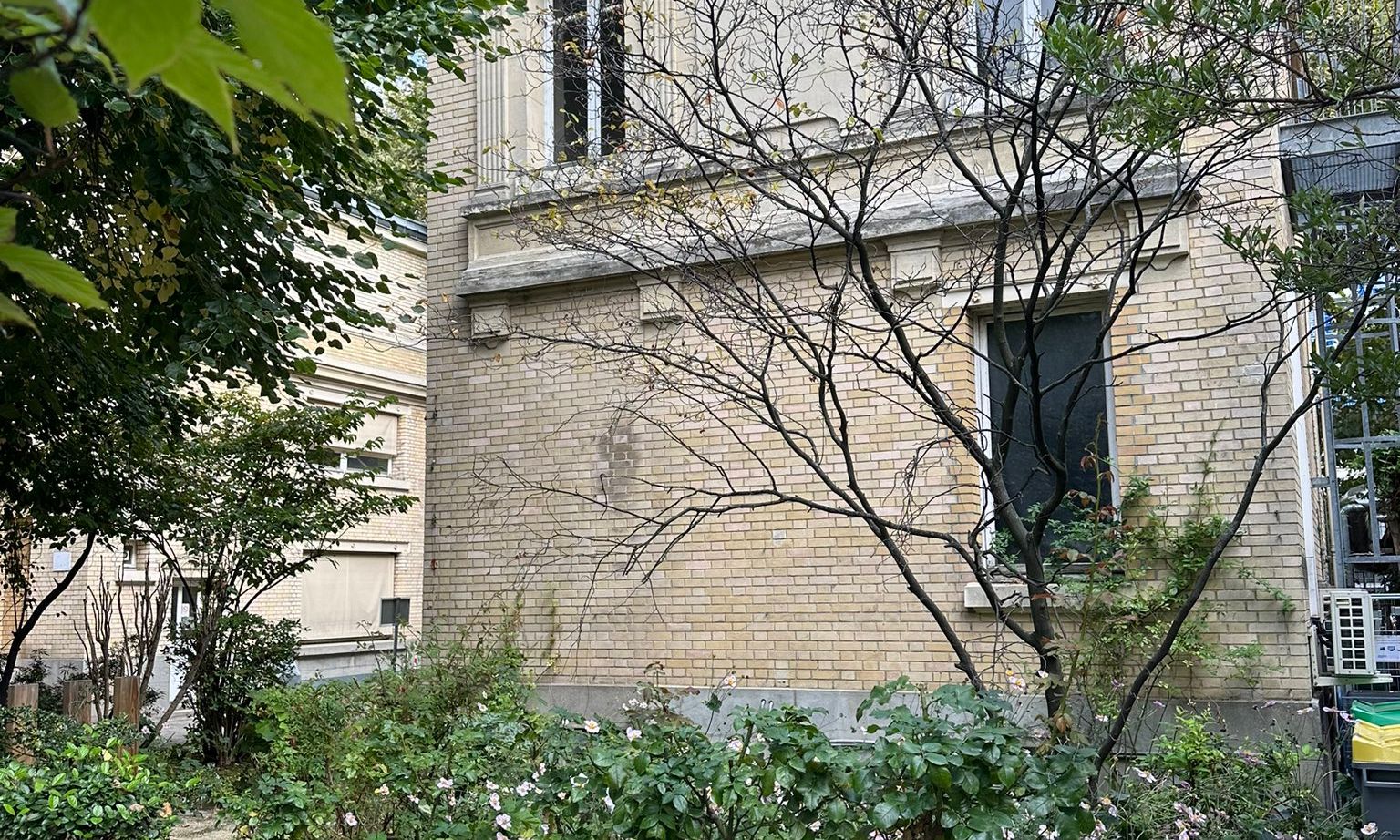The Pavillon des Sources at the Curie Institute in Paris
© Philippe Charlier
A last-minute intervention from France's culture minister has suspended the demolition of a building that was once part of the Paris laboratory of the renowned Polish-born French scientist Marie Curie.
The demolition of the Pavillon des Sources in the grounds of the Curie Institute in Paris’s Latin Quarter was due to take place today. The culture minister Rima Abdul Malak announced on Friday (5 January) that the building’s destruction would be “suspended, pending the study of alternative solutions” for the development of a centre for biological chemistry on cancer.
The building, designed by Henri-Paul Nénot in 1914, was part of the laboratory used by Curie for her pioneering work on radioactivity. In March, Paris City Hall approved plans to demolish the structure—as well as trees planted by Curie herself—to build a five-storey research centre and enlarge the grounds of the Curie Institute. The decision provoked an outcry from cultural heritage associations, which deemed it an insult to the double Nobel Prize-winning scientist.
A petition to protect the former laboratory as a heritage site has raised more than 1,000 signatures. Cultural heritage experts warn that despite the suspension of the demolition, the building will not be safeguarded until it has a heritage listing. Stéphane Bern, a French journalist and TV personality, nicknamed “Mister Heritage“, joined the protest and shared his concern with President Emmanuel Macron, although he admits that the pavilion is only of modest architectural interest.
France's conservative opposition also denounced the project to build a new research centre as “aggravating the concrete takeover of Paris“.
But a number of scientists, including Curie’s great-grandson, Marc Joliot, have supported the building project for which the pavilion was to be demolished. They have protested the delays imposed to the new state-of-the-art centre, which would be Europe’s first and would welcome around 100 researchers.
"The pavilion has to be demolished," Joliot, who is a director of research in biomedical imagery at the Atomic Energy Commission, told Radio France Info. He says the pavilion "is only a 100 sq m house which is, in any case, inaccessible because of its radioactive emissions."
"No-one can even get close to it," says Raphael Rodriguez, a researcher from the Curie Institute. "What do we want, to protect a polluted useless building or to treat people suffering from cancer?"
Claims that the Pavillon des Sources is polluted with radioactive waste are denied by a source close to the Curie Institute, who says that the house was accessible until recently and that a 2021 survey of the building did not detect signs of radioactivity.
Born Maria Skłodowska in Warsaw, she met Pierre Curie at the Sorbonne University in Paris, where she succeeded him as head of the physics laboratory. She became the first woman to hold the chair of general physics in the Paris Faculty of Sciences before founding the laboratory of the Radium Institute. There, she used the 1914 pavilion to store and prepare radioactive material for her experiments to treat cancer, which probably cost her her life.

